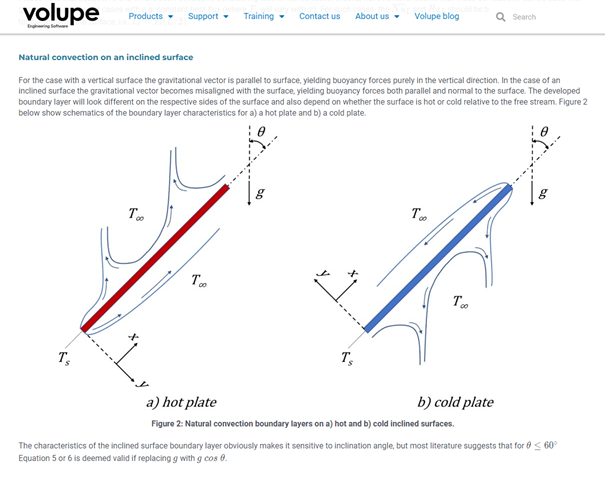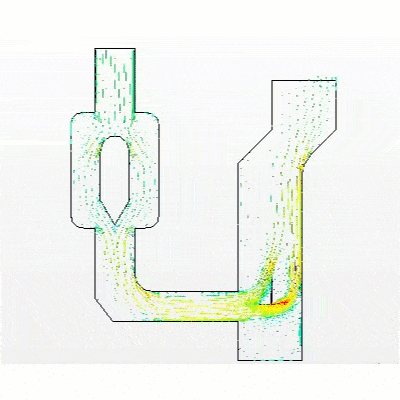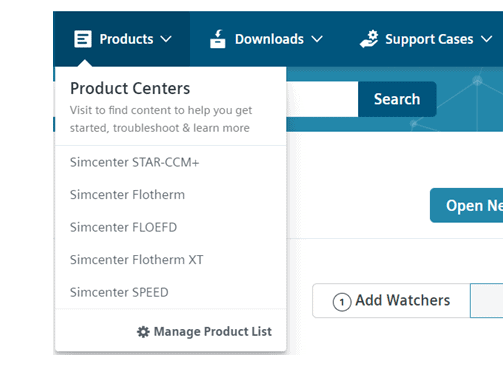I like optimization! That’s why I enjoy highlighting some news from the latest release of the innovative design exploration and optimization software, also know as Simcenter HEEDS 2304. As a powerful tool for engineering decision-making, Simcenter HEEDS enables you to improve your product performance and efficiency, while reducing time-to-market and costs. This new release brings a range of updated features, new look and feel, including improved automation and flexibility, new design space exploration strategies, and enhanced analysis capabilities. In this week’s blog we will focus on two new features for Efficient Search, the new Adaptive Sampling capabilities and the all new MO-SHERPA.
Adaptive Sampling
Adaptive sampling is an advanced feature in Simcenter HEEDS 2304 that enables the software to dynamically adjust the placement of samples during the design space exploration process. This helps to improve the efficiency, as it enables to focus on areas that are likely to have the greatest impact on the design performance.

Previously, you could find Adaptive Sampling under the Design of Experiments (DoE) umbrella, but now it has become a dedicated study type. This is to enhance its usage in generating data for ROM (reduced order modelling) and for characterizing the design space with a large number of parameters. This helps to describe the design space focusing on local or global accuracy for to eventually generate optimal surrogate models.
Edge case detection is a new feature in Simcenter HEEDS 2304, to detect where expected or unexpected situations occur represented as a sharpness or discontinuity in the design space. The new Adaptive Sampling study can even use customized sampling profiles.

Let’s test the new Adaptive Sampling on a simple function from the “Example 1: A Simple Function Problem” as plotted above. The Adaptive Sampling study balances three different algorithms in its search. The algorithms are as follows:
- Focus on local properties (default is curvature).

- Explore broader regions with an unsupervised learning algorithm whose objective is to get more uniform coverage.

- Reduce approximation error with surrogate model to identify search regions in the design space that have higher error estimate.

All strategies (balance global and local, global, local, detect edges and custom) start from an initial design set. If no initial design set is specified, a small Latin Hypercube is generated for the initial design set and used instead. Subsequent search cycles balance three algorithms (above) depending on which strategy is chosen. The second search cycle uses the Start weights to determine what percentage of samples to generate using each of the algorithms. These weights are updated for every cycle such that the last search cycle uses the End weights.

Here we compare the Global Strategy with fixed weights, focusing on “Explore broader region” with a customized qualified guess to achieve a better exploration of the local properties towards the end of the cycles. Which succeeded on the test function, where we can see a condensed packing of the samples at the extrema of the objective function, as well as the absolute minimum value.

Adaptive Sampling on the test Schwefel test function
Enhancements to MO-SHERPA
In multiple objectives optimization problems, we often have objectives which are in conflict with one another. Using the Multi objective trade-of study (MO-SHERPA) has the advantage of handling multiple objectives independently of each other to provide a set of solutions each of which is optimal in some sense for one of the objectives (the Pareto Frontier concept).
The MO-SHERPA has been extended to better handle optimization problems with many objectives, typically >3. It now incorporates concepts from the NSGA-III which involves the usage of objective reference lines that act as magnetic attractors to focus design search and evolution towards a pareto optimal direction.

The comparison above shows the Rank 1 Pareto designs found with the common Crashworthiness benchmark design problem. This example shows the improved design diversity across pareto fronts allowing for more informed decision making of designs. But also increased stability, and search pressure throughout the optimization towards finding pareto optimal designs.

We can observe a significantly decreased variance of search performance across the study timeline with the new MO-SHERPA. This means that if you stoped the study, say after cycle 20, we would be more certain with the new MO-SHERPA that we would be looking at the highest of performing pareto front designs. Whereas with the old MO-SHERPA, we have quite a lot of variability given from different random seeds.
Summary
This translates to more consistency in performance, and to find better pareto optimal designs faster. With a focus on delivering more efficient, intuitive, and accurate solutions, Simcenter HEEDS 2304 is set to help you to achieve your optimization goals and drive innovation further. This said, I hope you will be able to enjoy those and the other new feature in HEEDS, e.g.
- Surrogate Modelling Workflow Enhancements
- The Pareto plot in a multi-objective study now calculates a non-dominated sort for each selected cycle.
- Support for Simulation Operations in HEEDS portal to Simcenter STAR-CCM+
If you have any questions please feel free to contact us at support@volupe.com
The Author
Florian Vesting, PhD
Contact: support@volupe.com
+46 768 51 23 46






